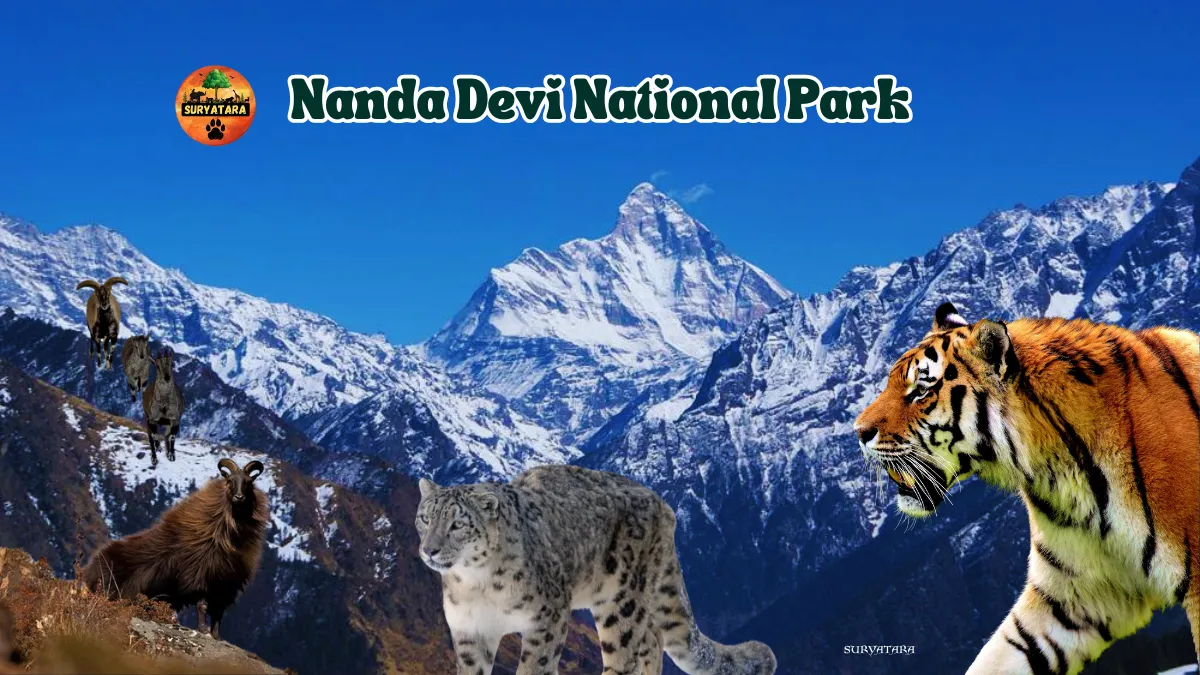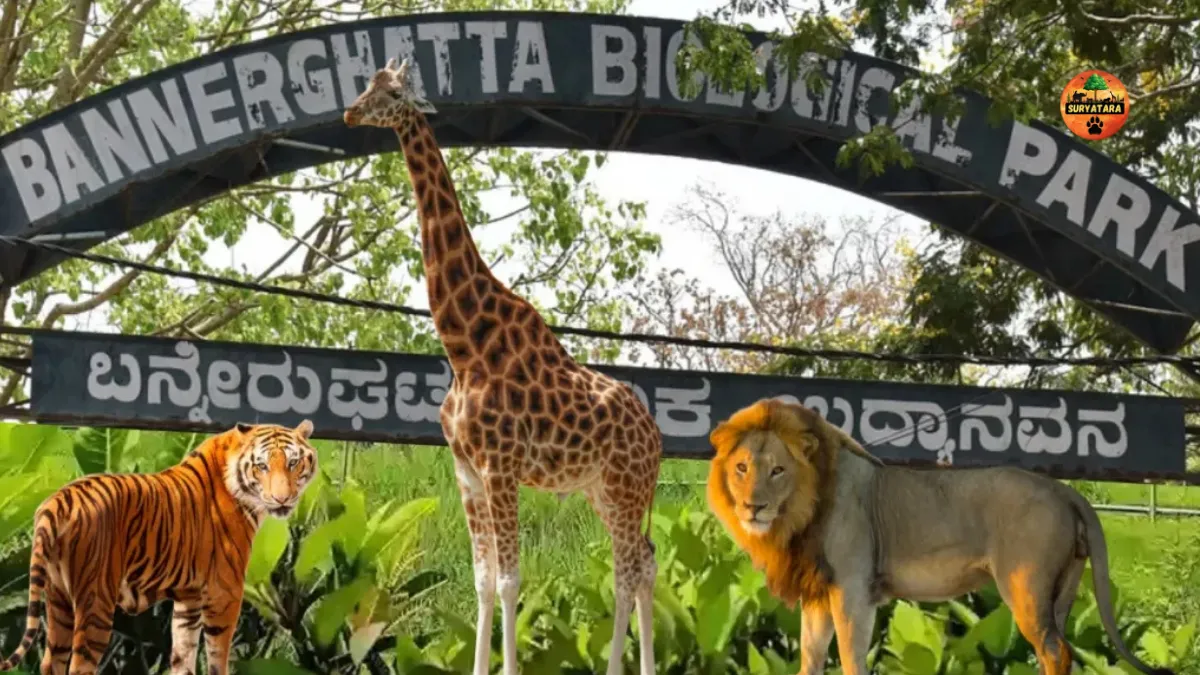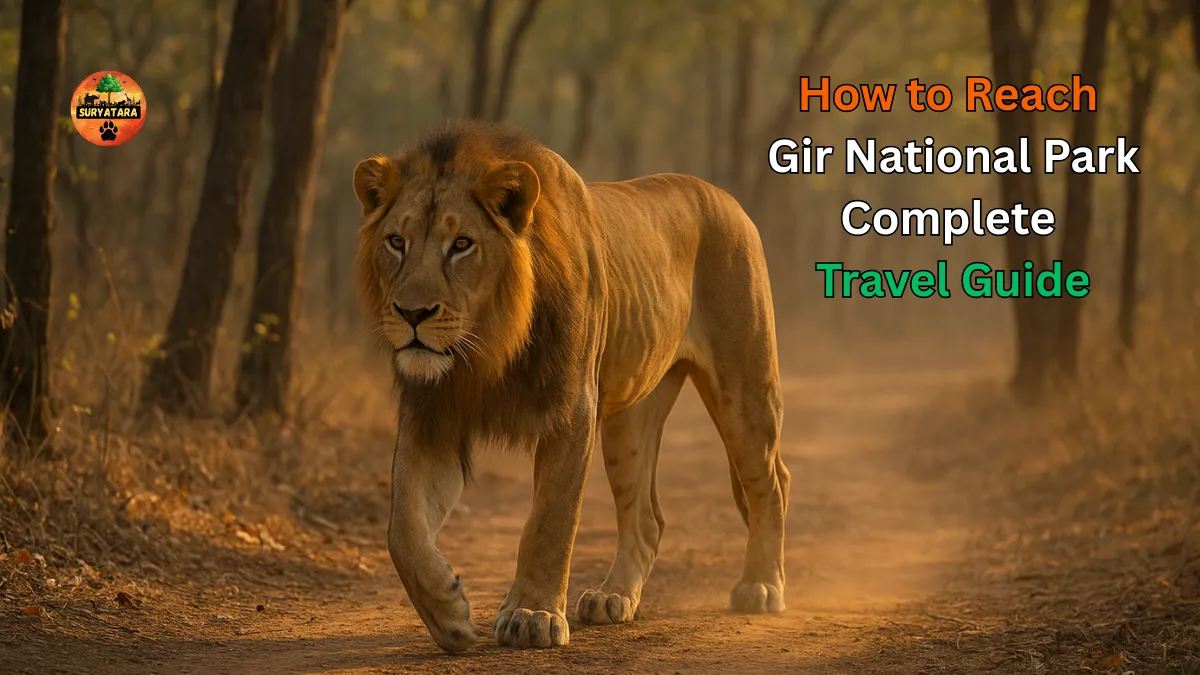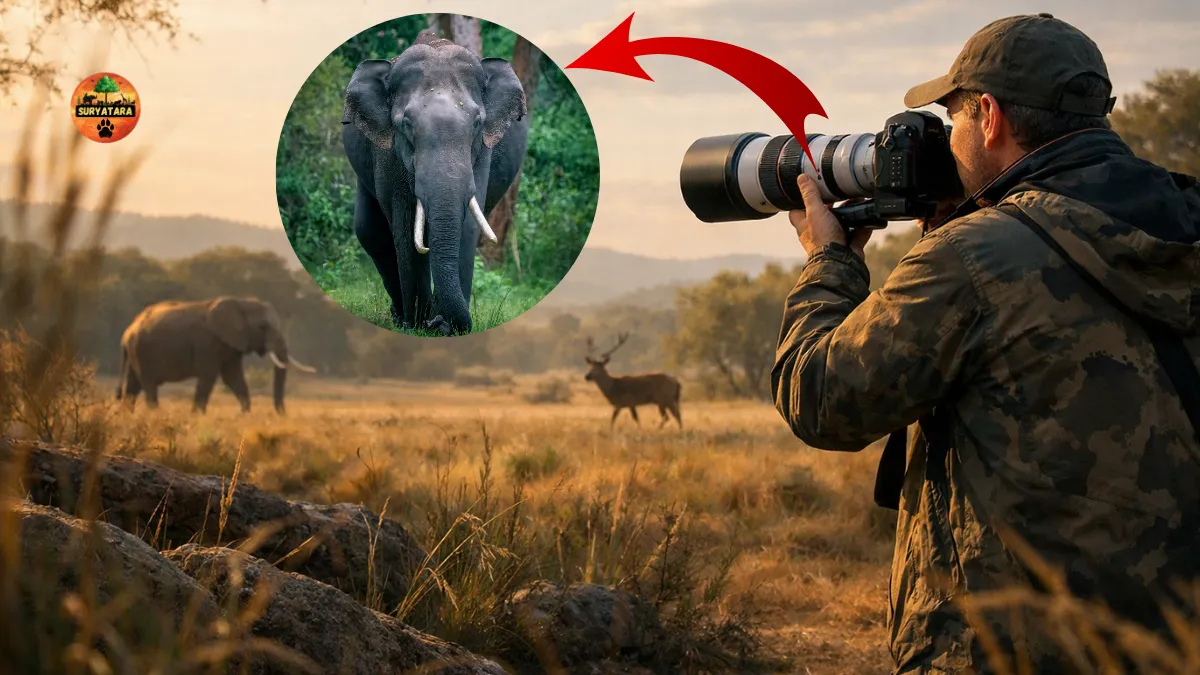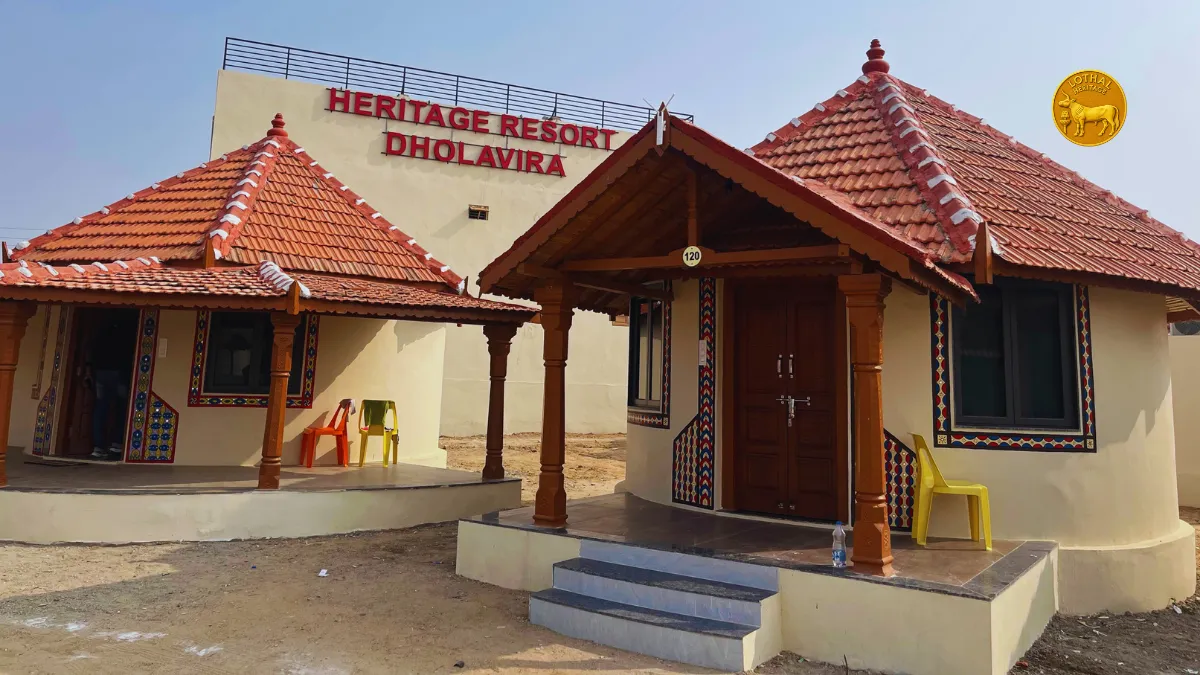Nanda Devi National Park, UNESCO World Heritage Site, Himalayan wildlife, trekking in Uttarakhand, biosphere reserve in India, Nanda Devi sanctuary
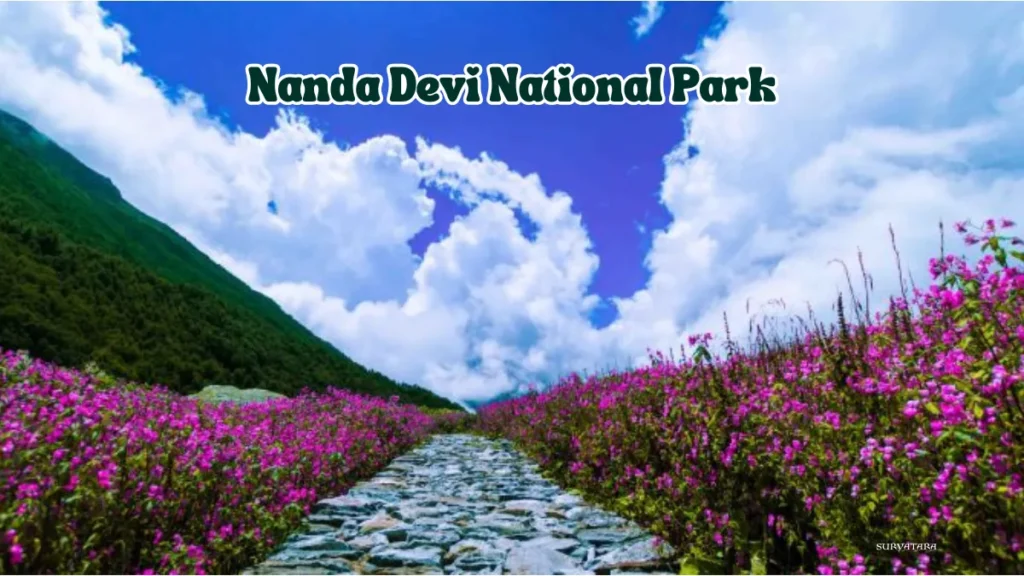
Introduction
Nanda Devi National Park, located in the Chamoli district of Uttarakhand, India, is one of the most spectacular wilderness areas in the Indian Himalayas. Named after Nanda Devi, the second-highest peak in India (7,816 meters), the park is part of the Nanda Devi Biosphere Reserve, which also includes the famous Valley of Flowers. It was designated a UNESCO World Heritage Site in 1988 for its unique biodiversity and dramatic mountain landscape.
History and Background
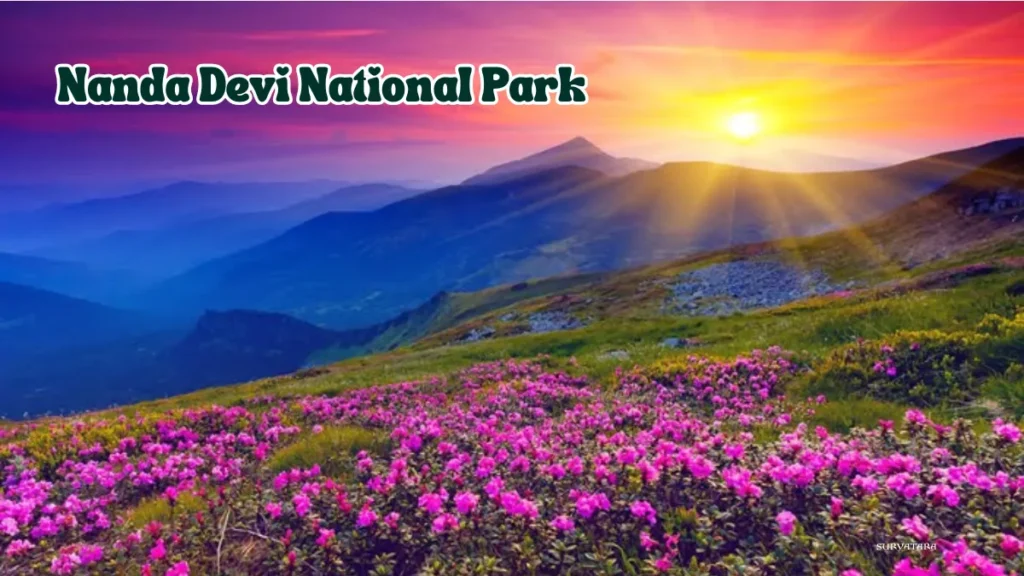
- Established as a National Park: 1982
- UNESCO World Heritage Site: 1988
- Biosphere Reserve (with Valley of Flowers): 2004
The region was first explored in 1934 by British mountaineers Eric Shipton and Bill Tilman, who described it as a “natural fortress” due to its steep and rugged terrain surrounded by high peaks.
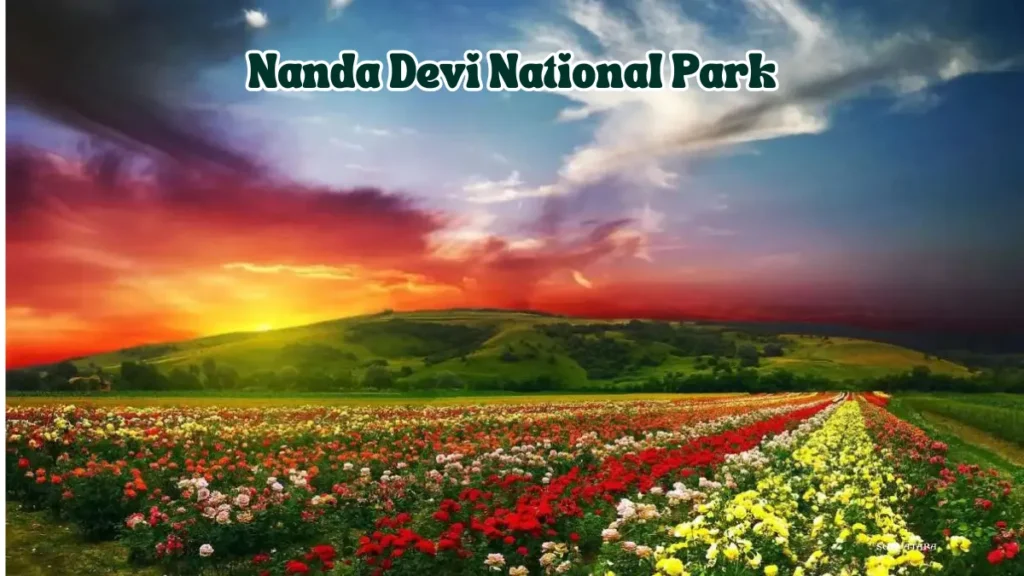
Location and Geography
- State: Uttarakhand, India
- District: Chamoli
- Altitude Range: 2,100 meters to 7,817 meters
- Area: ~630 square kilometers
- Nearest Town: Joshimath
The park lies in the inner sanctuary of the Nanda Devi Mountain and is surrounded by a ring of high ridges, making it naturally protected and difficult to access.
Flora and Fauna
Flora (Plants)
The region is home to more than 300 species of flowering plants, many of which are endemic and medicinal:
- Brahma Kamal (Saussurea obvallata) – the state flower of Uttarakhand
- Blue Poppy
- Rhododendron
- Juniper
- Alpine Meadows with seasonal blooms
Fauna (Animals)
Nanda Devi National Park supports a wide variety of rare and endangered Himalayan animals:
- Snow Leopard
- Himalayan Musk Deer
- Himalayan Black Bear
- Brown Bear
- Himalayan Tahr
- Blue Sheep (Bharal)
- Red Fox
- Himalayan Monal (state bird of Uttarakhand)
Trekking and Accessibility
Due to its fragile ecosystem, entry to the core zone of Nanda Devi National Park is highly restricted. However, trekking is allowed in certain buffer zones with special permits from the forest department.
Popular Trekking Routes
- Joshimath → Lata Village → Lata Kharak → Dharansi Pass
- Debrugheta and other buffer routes
These treks offer breathtaking views of snow-clad peaks, deep gorges, and alpine forests.
Best Time to Visit
| Season | Description |
|---|---|
| May – June | Spring/Summer – Pleasant weather for treks |
| Sept – Oct | Post-monsoon – Clear skies and great views |
| Nov – April | Heavy snowfall – Park remains closed |
How to Reach Nanda Devi National Park
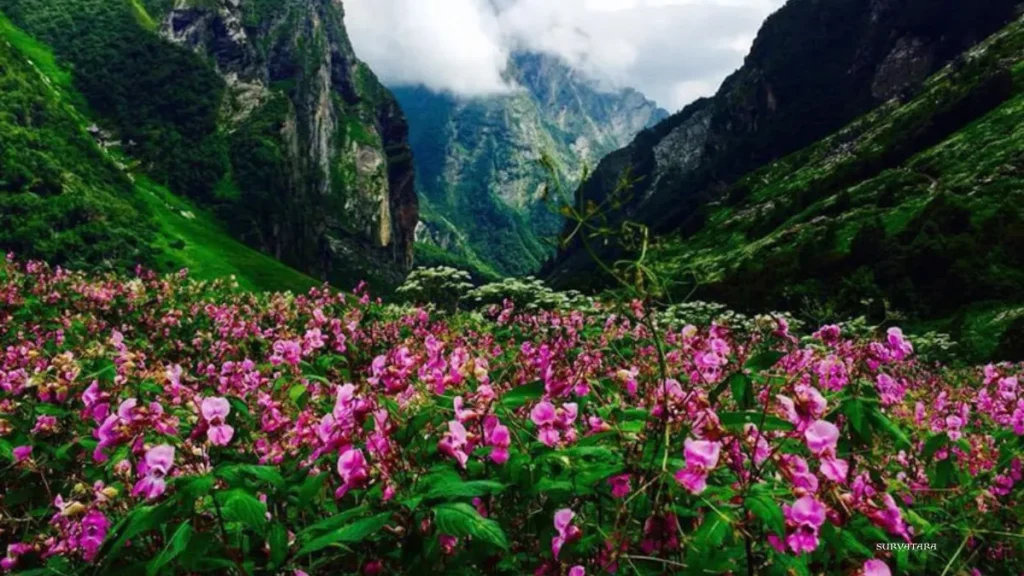
- Nearest Airport: Jolly Grant Airport, Dehradun (~280 km)
- Railhead: Haridwar or Rishikesh
- By Road: Joshimath is well-connected by road; from there, local trekking routes begin
Also read: Dibang Wildlife Sanctuary: A Hidden Gem in Arunachal Pradesh
Conservation Efforts
- Declared a UNESCO Biosphere Reserve
- Strict regulations on human interference in the core zone
- Community-based eco-tourism and conservation programs
- Home to several ongoing biodiversity research initiatives
Major Attractions
- View of Nanda Devi Peak (7,816 m)
- Unique flora and rare Himalayan fauna
- Alpine meadows and glacial valleys
- Serene, pollution-free Himalayan atmosphere
- Close proximity to Valley of Flowers National Park
Also read: Project Lion: A Bold Step to Secure the Future of Asiatic Lions
Conclusion
Nanda Devi National Park is more than just a wildlife reserve—it’s a pristine Himalayan sanctuary where nature reigns in its raw and unspoiled form. For nature lovers, trekkers, and conservationists, it represents a rare blend of biodiversity, scenic beauty, and spiritual tranquility.
